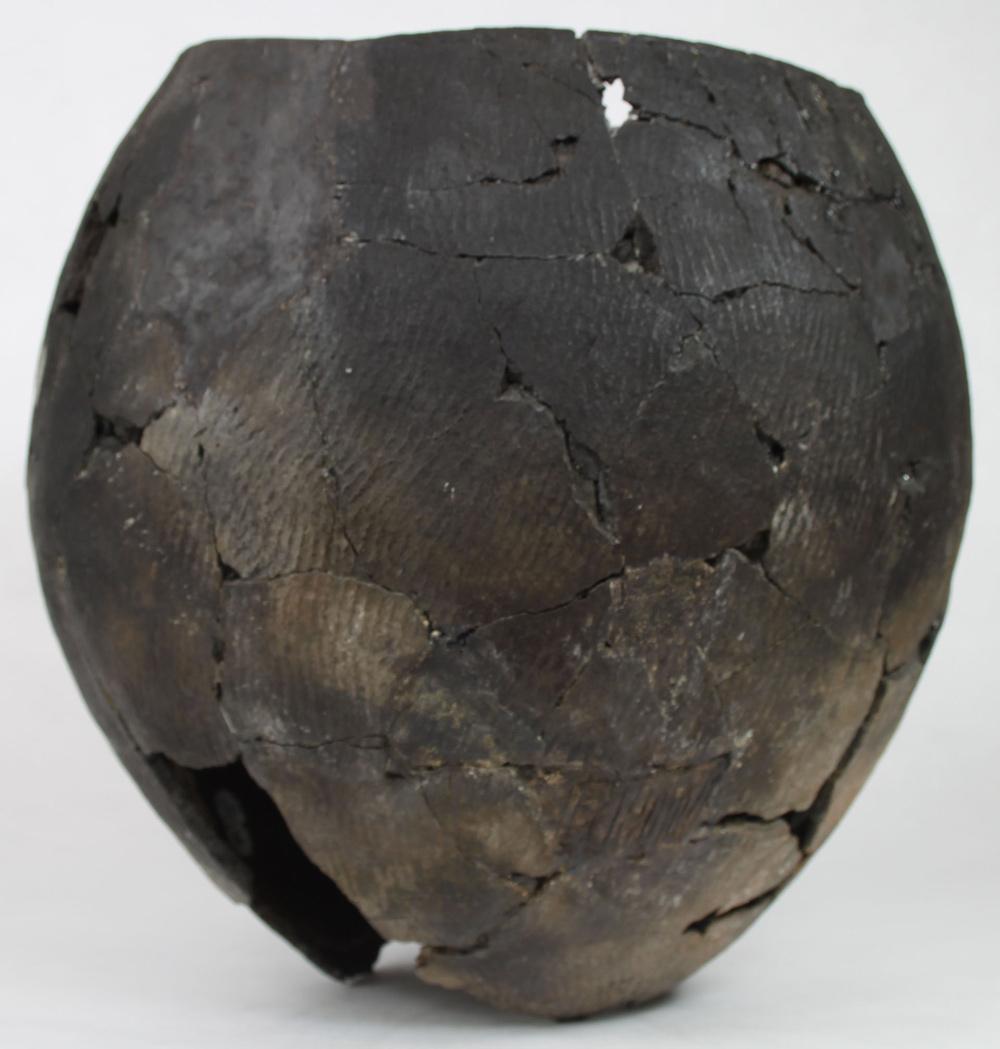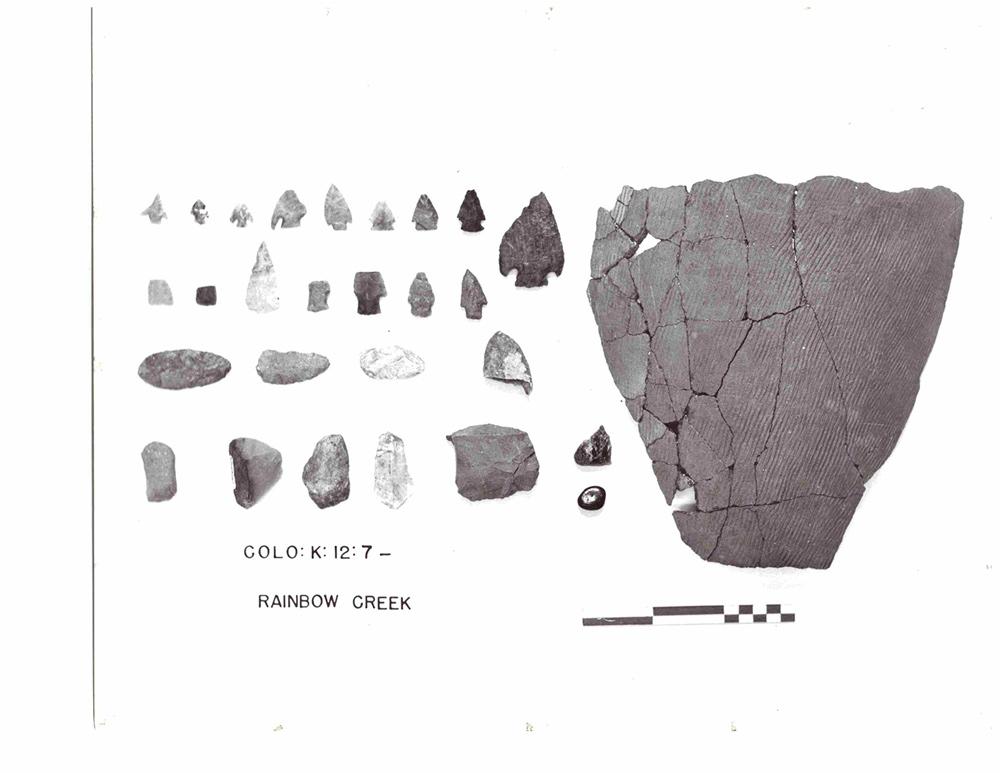Plains Woodland
Full Article
The Plains Woodland period covers approximately a thousand years of Colorado prehistory across a large portion of the state. Plains Woodland describes the groups of people occupying much of the western plains from present-day Nebraska and Kansas, west of the Missouri River, to the eastern plains of Colorado in the period of approximately AD 150 to AD 1150. In Colorado, most of the sites recorded are in the South Platte River drainage, along the Hogback and foothills of the Front Range, and along the Palmer Divide.
In the Arkansas River Basin in southeastern Colorado and northeastern New Mexico, several sites assigned to the Developmental period have been called Plains Woodland sites by some researchers. These sites date to the same period as those in northeastern Colorado and have similar artifacts and features, though they also show influences from other cultures in the region.
Why do some archaeologists use “Plains Woodland” while others prefer “Developmental period”? In northeastern Colorado “Plains Woodland” has been used for many decades. The term came into use because archaeologists identified similarities in the material culture of these sites and those of Woodland sites to the east. More recently other archaeologists, especially those studying sites in southeastern Colorado, have disputed the use of “Plains Woodland,” arguing that the term is used too broadly over too large a geographical area and places too much emphasis on a connection to cultural groups considerably further east.
Although many archaeologists feel the term is no longer useful, the name “Plains Woodland” is still commonly used in northeastern Colorado and refers to the fact that the technology seen during this period, notably in ceramics, shows similar traits to that of the Woodland culture to the east.
Regardless of its name, new technologies such as the introduction of pottery and the bow-and-arrow differentiate this period from the preceding Archaic. Archaeological evidence from a number of the sites occupied during the Plains Woodland period suggests that people lived in small groups in structures ranging from simple lean-tos to shallow pithouses, the floors and lower walls of which were sometimes lined with slabs of rock. Archaeologists have found post holes in these pithouses, which suggest the superstructure would have consisted of poles most likely covered in skins and branches. These homes also contained storage pits and hearths for cooking.
People subsisted primarily by hunting and gathering. Hunters used spears and, as the period progressed, the bow and arrow, as is shown by the increased use of smaller projectile points. Game included deer, bison, and elk, depending on seasonal availability. Smaller animals such as rabbits and prairie dogs were also trapped for food.
Evidence at archaeological sites suggests that people in this period gathered many plant species and had the ground stone milling tools needed to process them. In addition to wild plants, maize has been found at some sites. It is not clear if the maize was cultivated at camps, but it is possible that some Plains Woodlands groups practiced limited horticulture.
Pottery is a new technology during this period in Colorado. Although only very few complete or nearly complete pots have been found, they generally have wide mouths and cone-shaped bases. The pots were built using the paddle and anvil technique in which pots formed with slabs or pieces of clay were beaten with a paddle on one side of the pot wall while a stone was held on the other side. This was done prior to firing to further shape the pot. Plains Woodlands pots were often shaped with cord-wrapped paddles, which left visible cord impressions on the outside of the pots.
Animals were not just hunted for food. Plains Woodlands groups used skins and sinew to produce clothing and moccasins, an example of which was found at the Franktown Cave, a large rockshelter site along the Palmer Divide. They may have also woven sandals and baskets from yucca.
Burials during this period vary in nature. In some cases individuals are found buried in pits, or crevices in cliffs. They are generally in a flexed position, with legs bent up toward the chest. In some cases groups of individuals are buried at the same location. There are also examples of secondary burials, where one or more individuals were reburied. Archaeologists in Kansas and Nebraska have excavated some ossuaries, or pits containing the often disarticulated remains of a number of individuals. Burials during the Plains Woodland period can contain grave goods. These may consist of tools the individuals used during their lives, freshwater shell pendants, shell beads and pendants from Pacific Coast sources, or ocher.
Some of the most important sites in Colorado that date to the Plains Woodland period include the Franktown Cave, Magic Mountain, and Bradford House II and III sites.

























